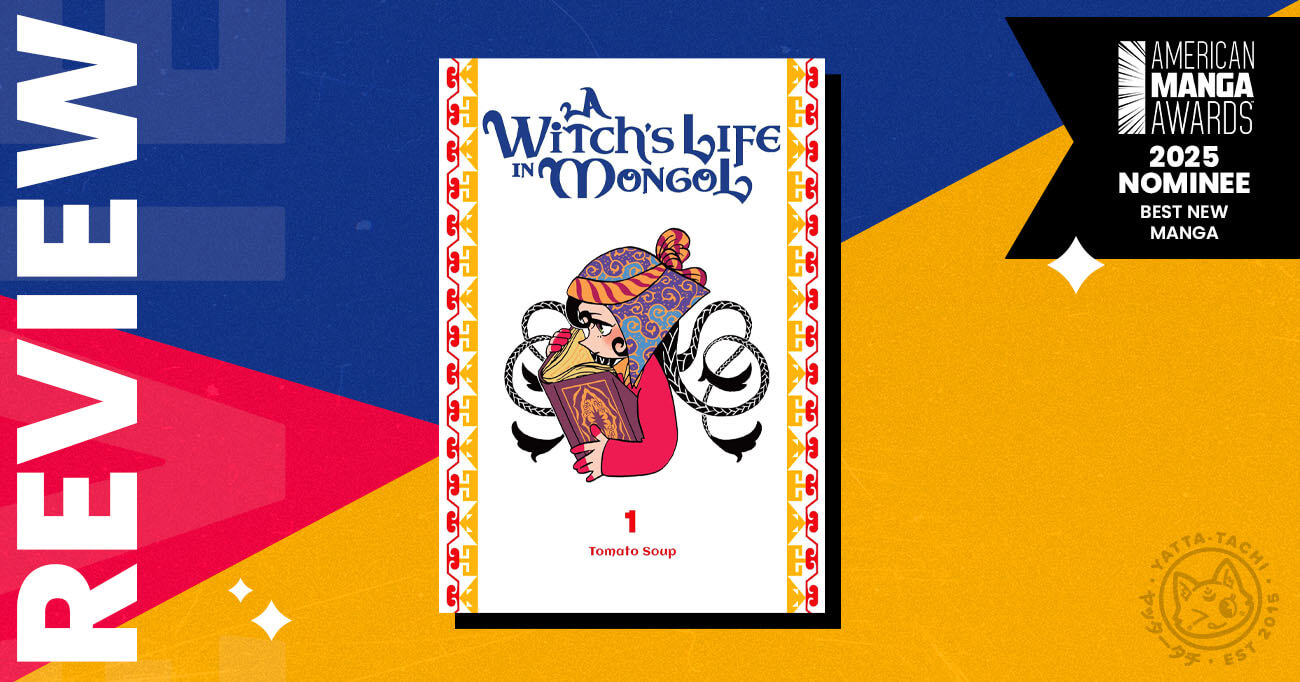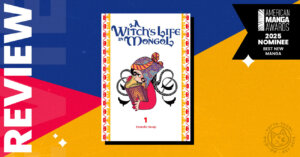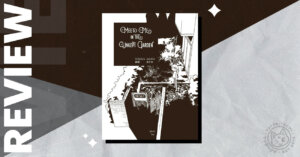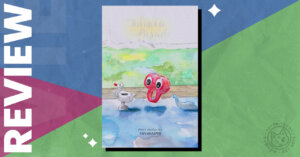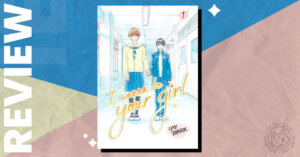Content Warning: War, Conflict, Slavery, Colonization
Synopsis
In the 13th Century, the end of the Islamic Golden Age coincided with the bloodthirsty sweep of the Mongol Empire. This is where Sitara unwillingly finds herself as a young girl sold as a slave to a family of scholars. Following Islamic teachings, her mistress tutors her in all the ways of scientific discovery. When the inevitable happens, and the Mongol Empire invades, Sitara must use all she has learned, and all she will continue to learn, to find her freedom.
The Good
Tomato Soup clearly loves history. Her manga is well researched and sensitively written; this is particularly refreshing for a manga, which has been more hit than miss in the past when it comes to representing the Middle East. The factual historical elements are beginner level, but still a great starting point for learning history that is still unrepresented in most mainstream global media despite the influence Islamic and Mongolian culture had on the entire world.
Translators were of vital importance to the Mongol empire, who relied on trade taxes for income. Soup shows the use of translators with brief dialogue to demonstrate who is talking through who. Her use of double-line speech bubbles is a more creative and less disruptive choice than conventional chevrons. Amanda Haley’s translation furthers these story elements. Sitari is nowhere near fluent when first learning a new language by ear. Haley ensures that her grammar mistakes and clumsy vocabulary feel true to how early English learners speak, especially those without a formal education.
Soup’s level of historical research and understanding shows in the art too. She has credited medieval manuscripts as her inspiration for character design in A Witch’s Life in Mongol. Figures are rather flat and simplified compared to other manga. Soup combines this style with the detailed geometric patterns found in Islamic Art, expanding this design sensibility not just to clothes and architecture, but also text boxes and layouts. It grounds the manga within its setting while transporting the reader.
Soup isn’t afraid to mix in modern references and shorthand either. The characters’ vibrant, often comical facial expressions are closer to Tezuka than European Monks. I laughed far too hard at all the Marie Kondo jokes, which immediately endear you to certain characters. Soup understands that sometimes you just need to let historical accuracy go.
A Witch’s Life in Mongol has a diverse cast of characters, with a focus on women from all walks of life. Sitara herself is a great lead. Her development, even in the first volume, is subtle yet deeply meaningful. She’s sweet, funny, and full of rage. She’s no wilting flower, but she also knows the importance of manipulating people to believe otherwise. I’m excited to see where her cunning and thirst for revenge take her as the series continues, and why she is known as a witch and not a scholar.
The Bad
This premise of this series is reliant upon colonialism, slavery, and war. Yet Soup seems reluctant to go beyond the surface of any one issue. I can understand that going into the details of child slavery might bog down the story in too much intense discussion too early on. Still, it feels like a wasted opportunity.
It makes sense for there to be plenty of algebra in a book about seeking knowledge in the Islamic Golden Age. After all, they invented it! But I am not a mathematically inclined individual, and I did not find that the explanations of applied mathematics and science were very clear. I’m sure that some can immediately recall the rule of the hypotenuse, and know how to tell distance by the movement of the sun. I am not one of them. Instead I find myself lost in the jargon and drifting away from the story. You do not need to understand algebra to enjoy the manga, but it did make me feel as though this story was not designed with me in mind. The series isn’t aimed at kids; it’s a josei series after all, so I don’t expect it to hold my hand. But it would have been better if the explanations were clearer and the diagrams better designed.
The Verdict
There is so much to love about this manga. Soup’s love for history, art, and indeed her own work is apparent on every page. She cares about what she is creating, and takes great joy in sharing it with the world. While the historical elements are well presented through the narrative and art, the scientific and mathematical elements are not. Others might not struggle with this as I did, but a teacher is only ever as good as their weakest pupil.
A Witch’s Life in Mongol covers history as it was rather than as we would like to imagine it, Still, Soup’s reluctance to delve deeper into the more tricky subjects is disappointing. There are some attempts made, but they’re brief and do not go into the kind of critical detail one would hope for.
Josei manga often goes underappreciated and under-published in the English speaking world. So it is a delight to see such a beautiful and historically rich manga get published. I hope we get to see more manga like A Witch’s Life in Mongol released for us all to enjoy.
A Witch’s Life in Mongol is available from Bookshop, Amazon, and Barnes and Noble
If you liked A Witch’s Life in Mongol you may also like…
Credits
Story and Art: Tomato Soup
Translation: Amanda Haley
Lettering: Aila Nagamine
Published in English by Yen Press
Article edited by: Adam Wescott
The Good
- Well researched
- Enchanting artwork
- Striking historical setting
The Bad
- Serious issues not given much depth
- Poor scientific explanations
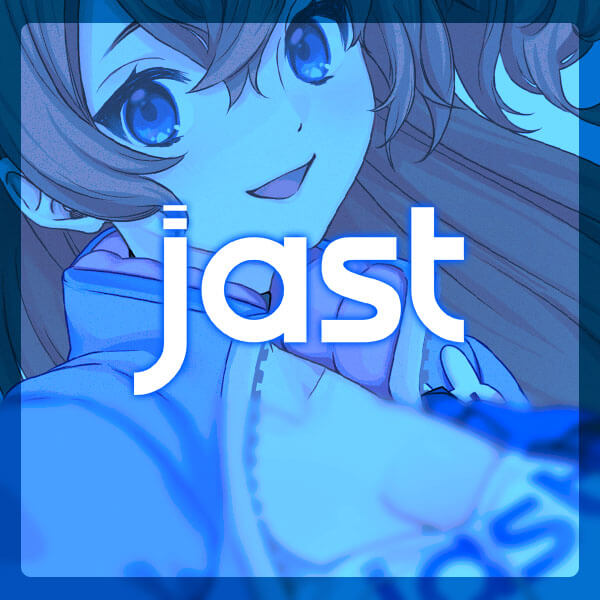
Featured Sponsor - JAST
The sweetest romance and the darkest corruption, the biggest titles and the indie darlings; for visual novels and eroge, there's nowhere better.
Big thank you to our supporters
From their continous support, we are able to pay our team for their time and hard work on the site.
We have a Thank-You page dedicated to those who help us continue the work that we’ve been doing.
See our thank you page